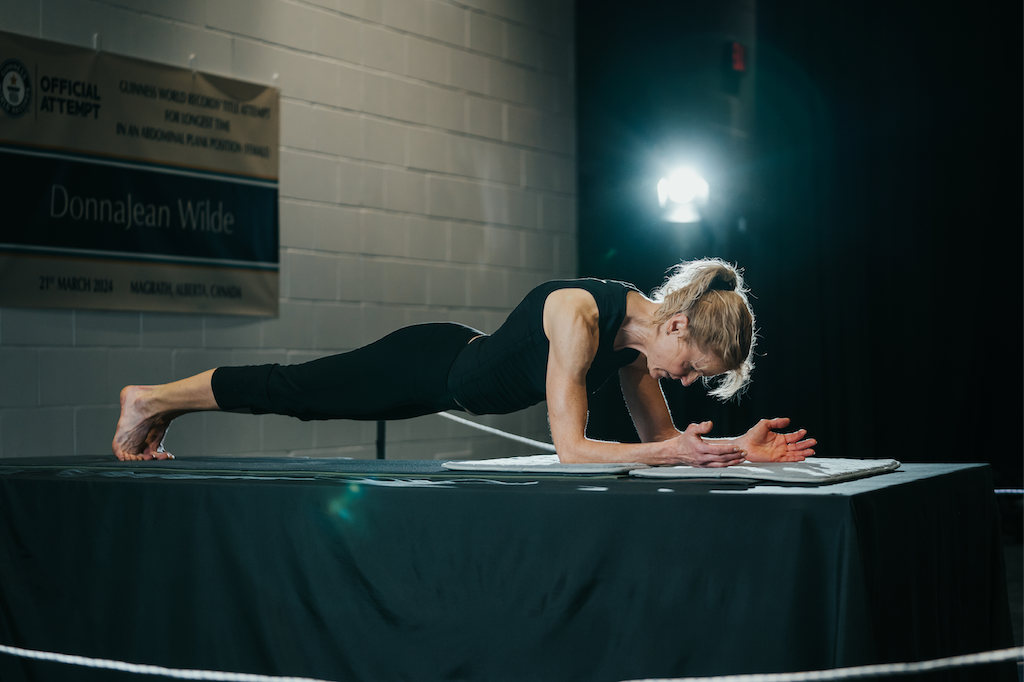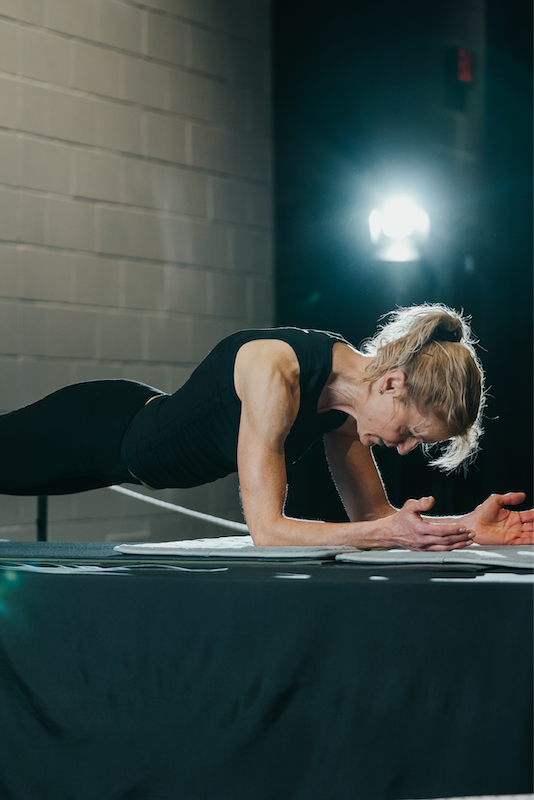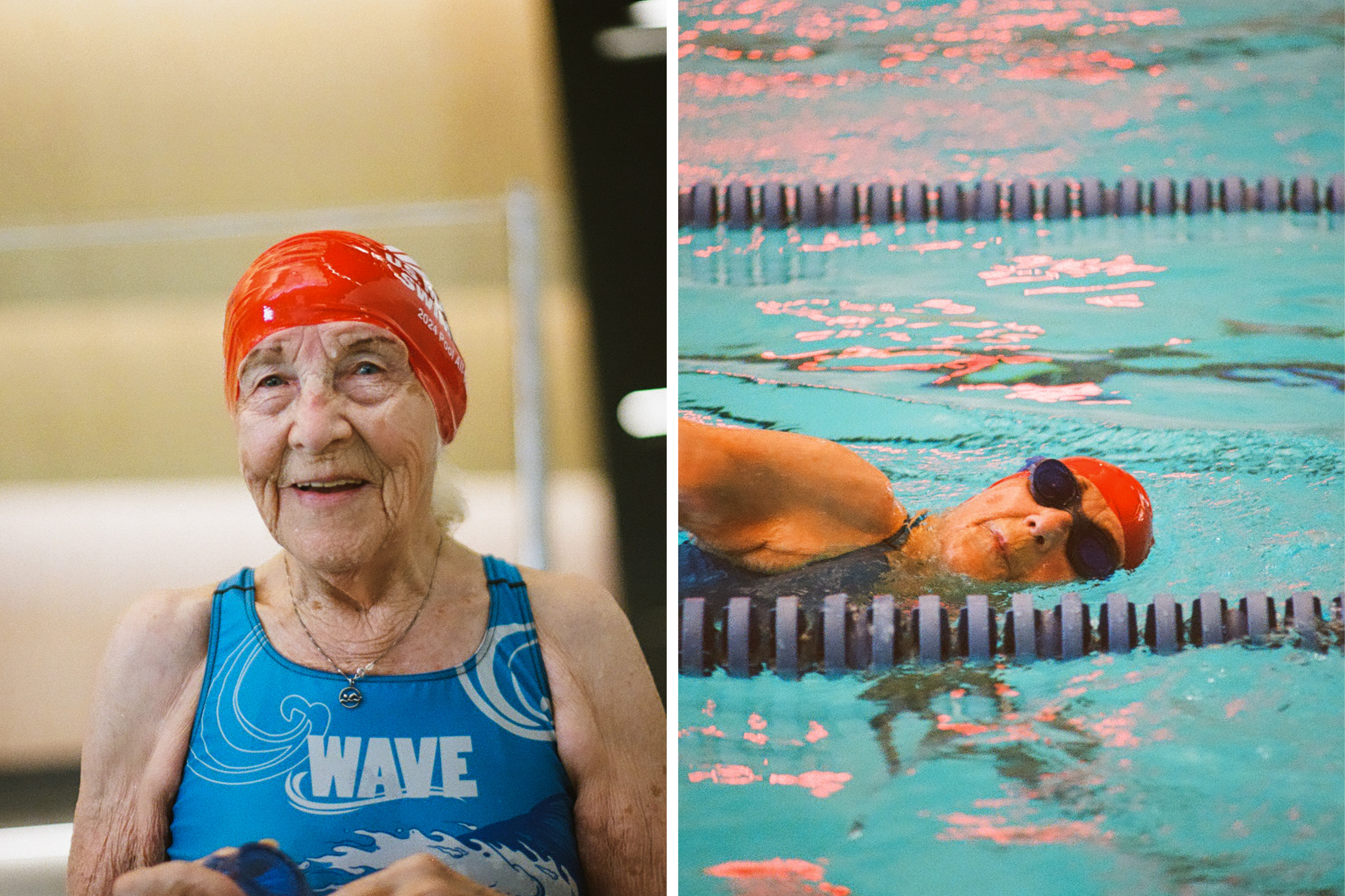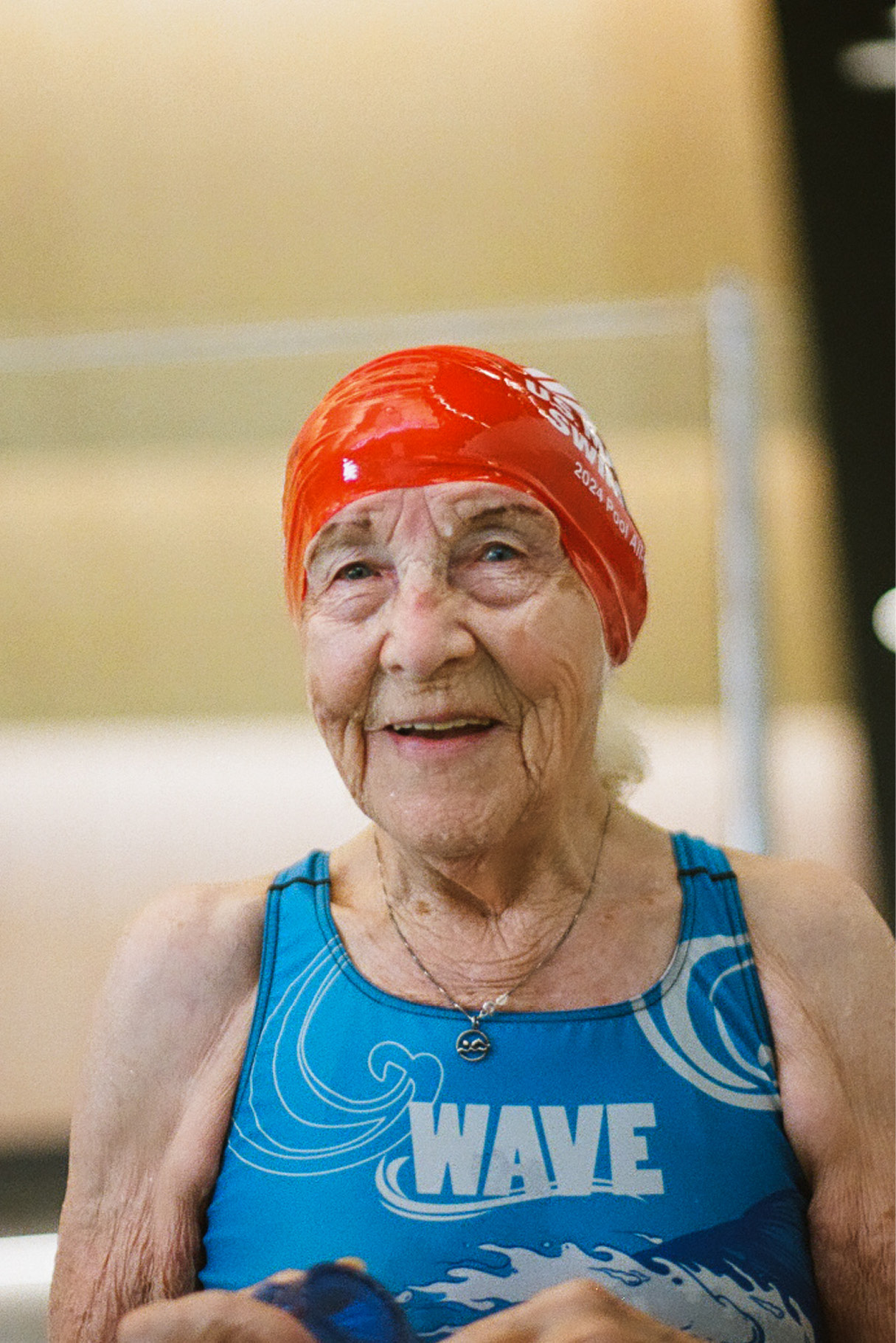Although the mediums of art and sport may appear different, the two pursuits have much in common. Athletes and artists share a tremendous dedication to their craft, often requiring significant personal sacrifices, and a lifestyle that doesn’t fit conventional standards. They work incredibly long hours, attempting to perfect the toss of a ball or the stroke of a paintbrush by endless repetition, and they often seem driven by a higher purpose—a relentless desire to express themselves, albeit in different mediums, whether they are creating for an audience of one or a stadium of 50,000.
“Art brings people together for the same reasons that football does,” Dom Termansen tells me during our interview. Dom is a professional athlete. And an artist. He is at the beginning of his third year of professional football in the Canadian Football League (CFL) and now is the time to prove himself. He is simultaneously breaking into the modelling industry, rapidly growing a CV packed with heavy-hitting brands like Bose, Lululemon, and Hootsuite. He volunteers much of his time to coaching and influencing youth in his community, passionately encouraging literacy and physical activity. He taught popular fitness classes at TurF and Distrikt Movement, and developed a video-based instructional fitness program, Athletic Movement by NM, and fitness class, Season Opener, that teach the foundations of athletic movement. On top of it all, he is the founder of non-profit organization Launch Agency, a collective of sports industry professionals dedicated to enhancing opportunities for athletes at all levels.
Dom not only takes on a full slate of projects, he approaches everything he does with an athlete’s determination, discipline, and passion. But when we talk about why he does it all, we end up in murky waters. “That question actually makes me consider my whole purpose right now. I’m like why? Why is football important? It’s not, really.”
But it is. And Dom knows it. Art helps us make meaning of life. And so does sport. Look at the prevalence of sports metaphors. There is more to sport than simple entertainment. It helps us understand who we are on a team, how to build and grow with others, how to overcome challenges individually and collectively, and how to have fun.
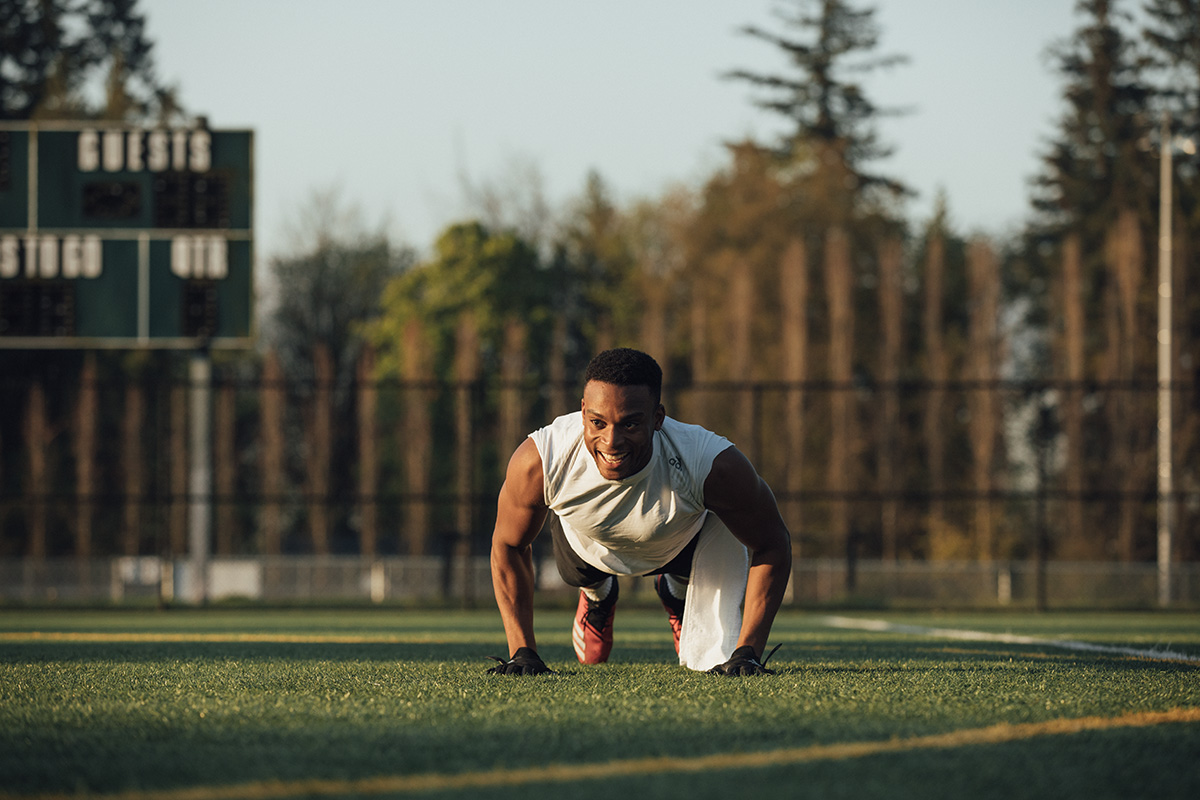
The drive of artists to create and athletes to compete is often irrational. They simply must do it, battling resistance from parents, friends, and society in general. They are role models. As Dom says: “If you push yourself hard enough, then you’re an example to others. You are someone who realized their passion. You never gave up. It’s the same as an artist. It’s an untraditional path.” We need more of these role models. “I think at one point a lot of people were more artistically driven. When I was younger I was in choir and I was in band. But there was a point when society made me perceive that they weren’t as important as the other things. Because I was super talented at basketball, I was encouraged to play basketball. But if I wasn’t, the same thing that happened to music would have happened to sport. The conversations with aunts and relatives would be, ‘oh, you’re still playing basketball?’ Instead of ‘how’s basketball?’”
How easy is it to forget that most of us start out as both artists and athletes? When did we stop creating? When did we stop moving or competing? “Our society caters to the commitment to the nine to five,” Dom remarks. “There are so many avenues to support it. If you want to go to school, here’s twenty thousand dollars worth of student loans. But if you want a loan to support your artistic endeavours at that age, no one is going to give it to you. The artist demographic is very similar to the athlete demographic. I want there to be more opportunities to do what you want to do.”
When Dom says “do what you want to do,” he isn’t talking about moving through life on the whim of the day. He is talking about dedication to your craft. A high performance lifestyle. Commitment. Focus. The desire to create something and push the limits of your own capabilities.
“Art and sport,” Dom ponders, “it’s all about creative expression. You can create something completely new every day. Just by doing something slightly differently. Using a different color, backpedaling with more quad or glute, whatever it is.”
Isn’t that the same in everything we do? Whether we spend our days labouring over spreadsheets, contracts, children’s lunches, canvases, choreography, or squat racks, creativity is always available. Being creative is a mindset, not an output. Expressing that creativity in different mediums—spreadsheets, lunches, canvases, etc.,—is what gives us all the ability to be artists. Maybe expressing creativity through the medium of our bodies is what gives us all the ability to be athletes.
“Absolutely, people underestimate the amount of creativity in sport and physical activity,” Dom agrees. “People tend to prefer group fitness and the motivation of being around peers rather than going to the gym alone and the self-exploration of ‘what does my body need right now?’ That’s where a lot of the creativity comes in. If you’re just going to classes, you’re never going to get to that point. And that’s a motivator itself, right? Being able to bring your own sort of flavour and creativity to it. When I created my athletic movement program with NM, that was my goal. I wanted to help people understand the foundations of how to move and train like an athlete, but my hope is that they’ll take that foundation and apply their own creativity to it. It isn’t just a workout you follow along to, it’s teaching a bigger picture of the different categories of athletic movement and how to combine them into a program for you.” The connection between movement and creativity is obvious when you start experimenting and creating with your own body.
But if the idea of going to the gym with no plan sounds daunting to you, take heart. “I took a dance class a couple weeks ago,” Dom tells me on the topic of trying new things. “I had to switch my mindset up. I was like, you know what? I’m about to embarrass myself. Full on. I’m going to go in there and I’m not going to be able to keep up. I needed to have the awareness of that, first of all, and then set my own goals. I’m a football player, I’m not a dancer. I’m here to work on my footwork, make things look as cool as I can, and just try and fit in. I had such a good time with that mindset. If I went in ignorant and expecting that I was going to be able to keep up, it would’ve been very frustrating.”
When we are learning any kind of new expression—whether artistic or athletic—simply acknowledging and accepting that we are going to suck at first frees us to both receive others’ support and celebrate our growth. “If you put yourself out there, it’s super embarrassing and you’re going to look terrible the first day and everybody’s going to know you’re terrible, but they’re also going to see your growth. And come round five, people will be respecting how far you’ve come.”
It’s always inspiring to see the process of someone learning new mediums of expression. But Dom cautions that “there is often a cost of starting something new. People are always going to judge you, and a lot of that will come out of angst or jealousy. When you start getting that, it sounds bad right? But a lot of artists will say the same thing, the most hate in your initial phase of success comes from your closest neighbours, or the people in your immediate circle. Acknowledging the fact that you’re getting judgment means that you’re doing something the right way and you need to keep going. And those personalities that are judging will eventually turn into your biggest supporters.”
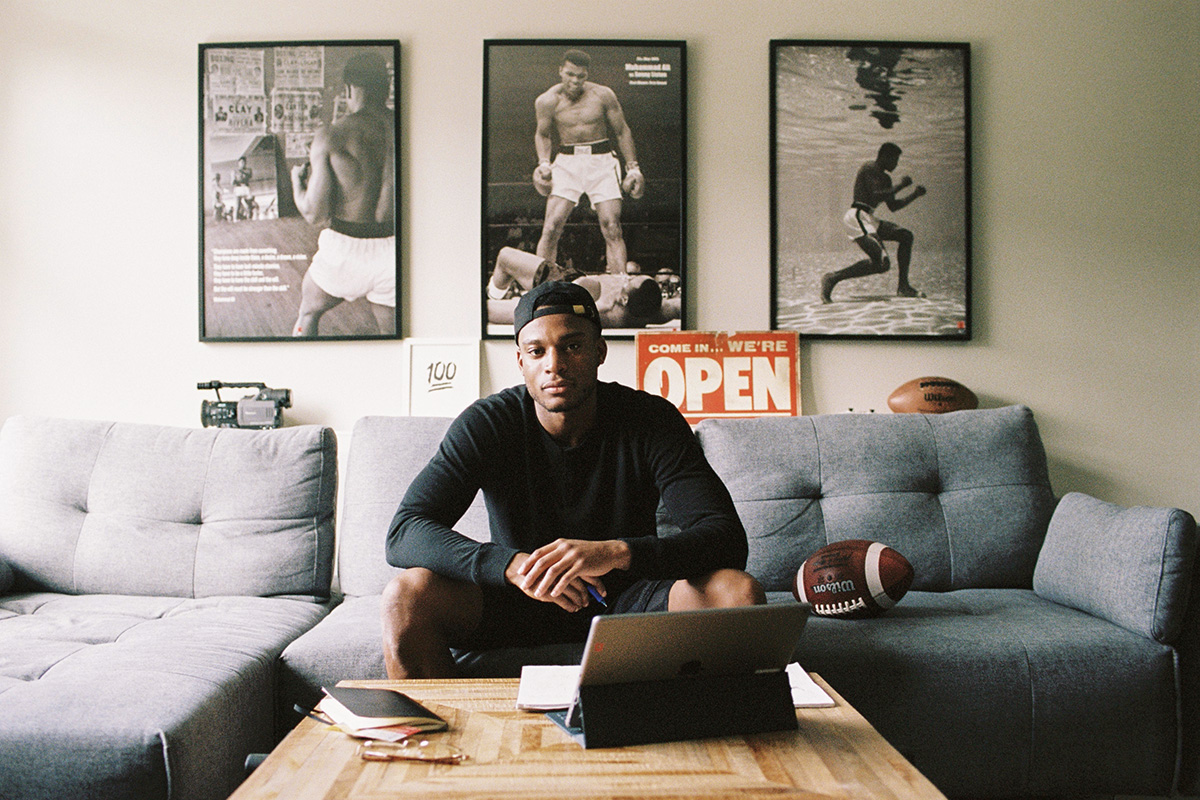
How do you keep going, though? One of Dom’s favourite tools is captured in the phrase “tape doesn’t lie.” He often videotapes parts of his training routines to keep himself accountable and push his limits. “I’m going to put stuff out there and people are going to judge. But they’re going to see the improvement, they’re going to see the growth. When I post it [on Instagram] I’m trying to fight my own psyche of, ‘don’t do this because of what other people think.’ And whenever I have that thought, I’m like okay, now I’m definitely posting it.”
We so often hold back our creativity and our desire to try new things out of fear of what others will think. We tell ourselves that we are “X” and an “X” does these things and not those other things. Dom says this is a problem that athletes struggle with as well. “You’ve been defined as, for example, the soccer player your whole life. You take soccer out of your life, how do you define yourself? It’s a crisis, you have no idea. Well, look at all that you are, without sport: I am relentless, hardworking, courageous. You take those characteristics in everything you do and you light a fire under those. When this job is impossible, how am I going to do it? I’m going to do it with the courageous, relentless side of me.”
Artists and athletes are often role models because of the mindset of creativity and discipline that they share. The points they score, the sport they play, the music they compose—these are simply outputs of that mindset. And, fortunately, that mindset is available to us all. Maybe it starts by finding greater creativity in how we move our bodies, or in looking for a new approach to a problem at work. Each day presents us with opportunities to experiment. But creativity will always challenge the status quo, and just like artists and athletes, we have to accept that criticism, setbacks, and failures are just part of the process. “I think that it’s an athlete mentality, and maybe it’s a little shallow, but you just say to yourself, ‘The only way to overcome this is to put in more work.’ You go back to your past experiences. When have you ever faced adversity and not gotten through it? Obviously you got through it because you’re here now, right?”
––
Dom Termansen is a professional football player in the Canadian Football League and has played for both the Montreal Alouettes and the BC Lions. He developed the online fitness program Athletic Movement and the class Season Opener to teach people how to train like an athlete. Dom is also the founder of Launch Agency, a non-profit organization that supports athletes at all levels.




